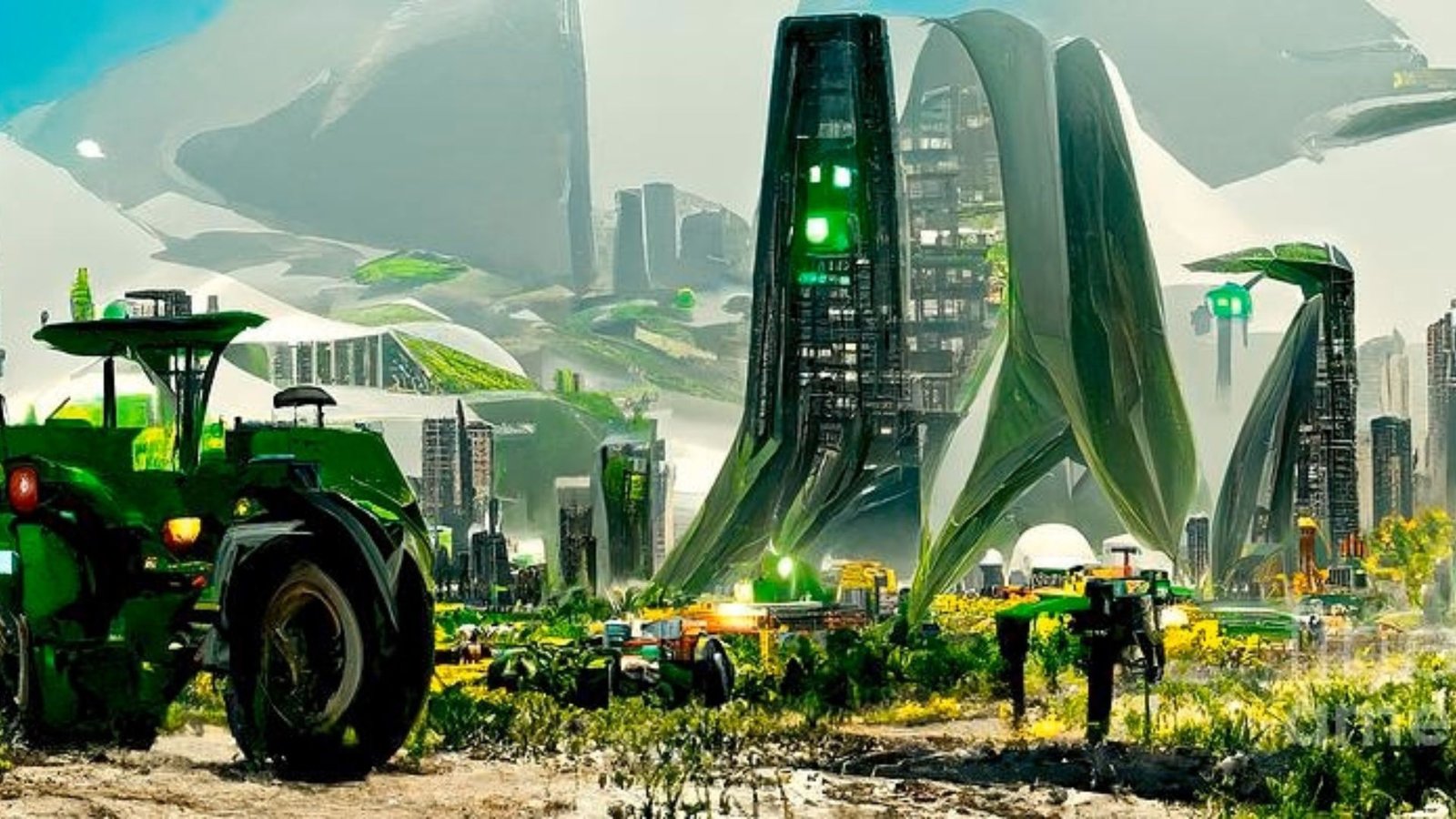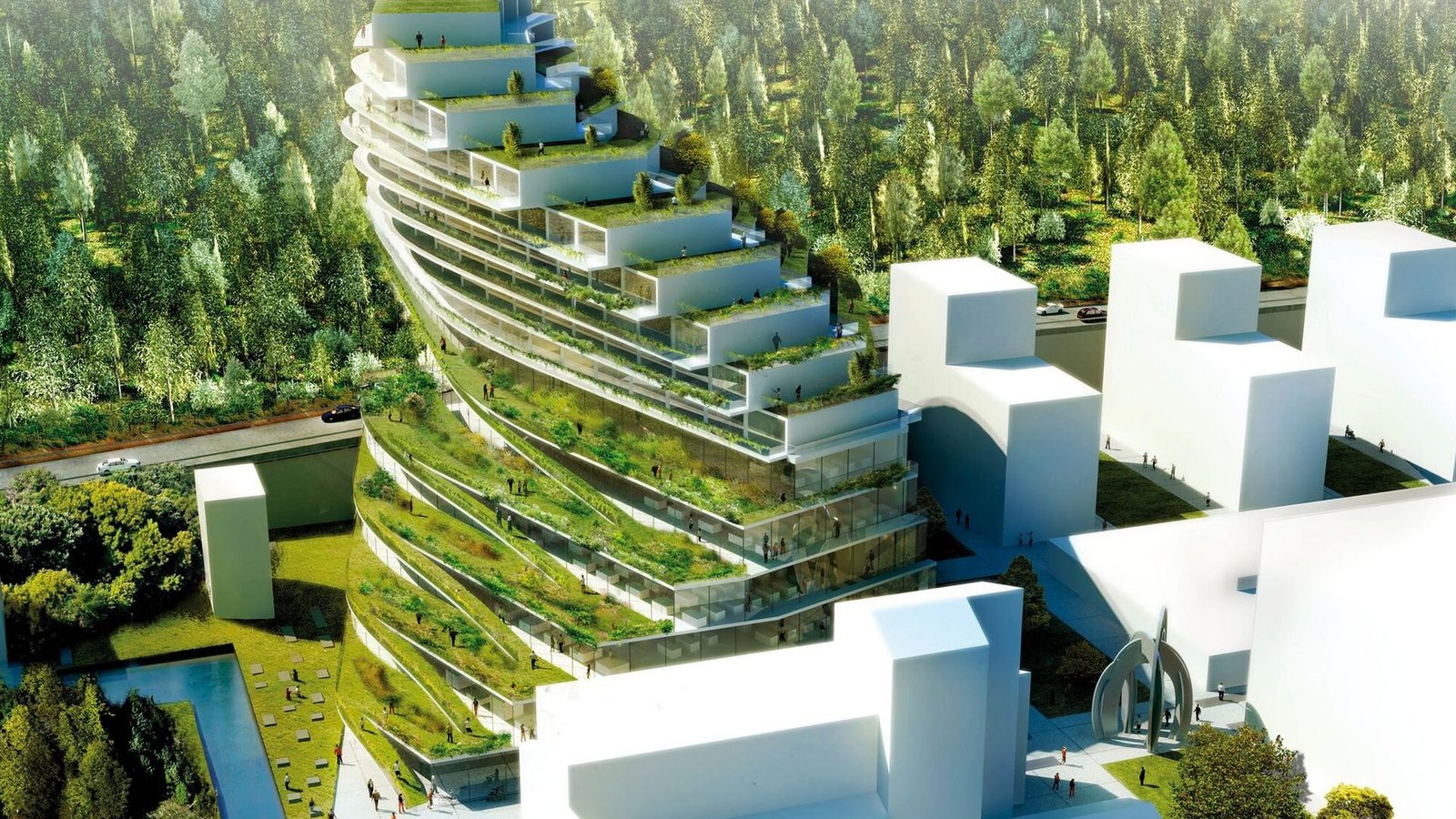Sustainable infrastructure design is essential for building cities that are resilient, eco-friendly, and capable of supporting future generations. As urban populations grow and environmental concerns increase, it’s crucial to plan and develop infrastructure that minimizes negative impacts on the planet while ensuring economic and social benefits. In this article, we’ll explore the key principles of sustainable infrastructure design and how it can shape a better future for generations to come.

1. Emphasizing Eco-Friendly Building Materials
Sustainable infrastructure begins with the use of environmentally friendly building materials. These materials not only minimize the ecological footprint but also contribute to the energy efficiency of buildings and structures.
Green Building Materials
Choosing sustainable materials, such as recycled steel, bamboo, or low-carbon concrete, helps reduce resource depletion and waste. These materials are more energy-efficient, reducing the need for heating, cooling, and lighting, and thus lowering energy consumption in the long run.
Local and Renewable Resources
Using locally sourced materials reduces transportation emissions, while renewable resources like solar panels, green roofs, and energy-efficient windows contribute to lower environmental impacts. These elements help conserve resources, making infrastructure more sustainable and energy-efficient.
2. Prioritizing Energy Efficiency and Renewable Energy
Energy-efficient infrastructure is crucial for reducing the carbon footprint and promoting sustainability. Incorporating renewable energy solutions in buildings and urban infrastructure supports environmental preservation while offering long-term benefits.
Solar and Wind Energy
Solar panels and wind turbines are prime examples of renewable energy sources that can be integrated into urban infrastructure. These technologies harness natural resources to provide clean energy, reducing reliance on fossil fuels and minimizing harmful emissions.
Smart Energy Systems
Smart grids, energy-efficient lighting, and automated energy systems help manage electricity usage more efficiently. These systems use real-time data to optimize energy distribution, ensure reliability, and lower overall energy demand, contributing to a sustainable energy future.
3. Managing Water Resources Wisely
Water is a precious resource that needs to be managed efficiently, especially as cities face challenges like water scarcity and climate change. Sustainable infrastructure design incorporates innovative solutions to conserve and reuse water, ensuring it remains available for future generations.
Rainwater Harvesting
Rainwater harvesting systems capture and store rainwater for non-potable uses such as irrigation or flushing toilets. This reduces reliance on treated water and lowers the strain on municipal water supplies, making water use more sustainable in urban areas.
Water-Efficient Infrastructure
Incorporating water-efficient technologies, such as low-flow fixtures, drought-tolerant landscaping, and permeable pavements, helps conserve water and reduce runoff. These solutions not only promote water conservation but also improve the overall sustainability of urban environments.
4. Building Resilient Infrastructure
Resilient infrastructure is designed to withstand natural disasters, climate change impacts, and other unexpected events. As cities grow and face increasing environmental pressures, infrastructure must be able to adapt to changing conditions and ensure long-term functionality.
Climate-Resilient Buildings
Infrastructure that can withstand extreme weather conditions, such as flooding, storms, and heat waves, is critical. Climate-resilient buildings are designed with features like elevated foundations, strong materials, and waterproofing systems to protect against the effects of climate change.
Green Infrastructure for Resilience
Incorporating green infrastructure, such as urban forests, wetlands, and floodplains, helps cities manage stormwater, reduce flooding, and enhance biodiversity. Green spaces also mitigate the urban heat island effect, improving comfort and resilience in cities facing rising temperatures.
5. Promoting Mobility and Sustainable Transportation
Sustainable transportation is vital for reducing emissions, improving air quality, and promoting a healthier lifestyle. Infrastructure design must prioritize mobility solutions that reduce the reliance on private vehicles and promote public transit, cycling, and walking.
Public Transit Systems
Developing accessible, efficient public transportation systems helps reduce traffic congestion and pollution. Well-designed transit networks make it easier for people to move around cities, decreasing the number of vehicles on the road and promoting a cleaner, more sustainable urban environment.
Active Transportation Infrastructure
Bike lanes, pedestrian pathways, and shared spaces encourage walking and cycling, which are eco-friendly modes of transportation. These infrastructure improvements create a safer, more sustainable environment for non-motorized travellers and contribute to the overall health of the population.
6. Reducing Waste Through Circular Economy
A sustainable infrastructure design also focuses on waste reduction and resource conservation. By promoting the principles of a circular economy, cities can minimize waste, reduce landfill usage, and promote the reuse and recycling of materials.
Waste-to-Energy Systems
Waste-to-energy (WTE) technologies convert waste into usable energy, reducing the volume of waste sent to landfills while generating electricity or heat. This process supports waste management and provides an additional source of renewable energy.
Recycling and Composting Infrastructure
Efficient recycling systems help divert materials such as paper, glass, and plastic from landfills, reducing environmental harm. In addition, composting facilities allow organic waste to be processed into nutrient-rich soil, supporting sustainable agriculture and reducing the carbon footprint of waste.
7. Integrating Technology and Innovation
Technology plays a key role in creating smarter, more sustainable infrastructure. Innovations in data, automation, and smart systems can enhance the efficiency, functionality, and sustainability of urban infrastructure.
Smart Cities and IoT Integration
The Internet of Things (IoT) allows cities to collect and analyze data from various infrastructure systems, such as traffic management, waste disposal, and energy usage. By integrating IoT technology into infrastructure, cities can optimize resources, reduce waste, and improve the overall sustainability of urban life.
Digital Infrastructure for Sustainability
Digital tools, such as building information modelling (BIM), allow for more efficient and accurate planning of infrastructure projects. These tools help identify the most sustainable design solutions, reduce material waste, and ensure that infrastructure projects are completed on time and within budget.
Conclusion
Sustainable infrastructure design is not only a necessity for future generations, but also a pathway to creating smarter, greener, and more resilient cities. By focusing on eco-friendly building materials, energy efficiency, water management, resilience, and sustainable transportation, we can build cities that thrive in the face of climate change and urban growth. The integration of technology and circular economy principles further enhances the sustainability of infrastructure, ensuring that we leave a better world for future generations. It’s time to design with a long-term vision, where sustainability and innovation work hand in hand for a brighter, more sustainable future.




